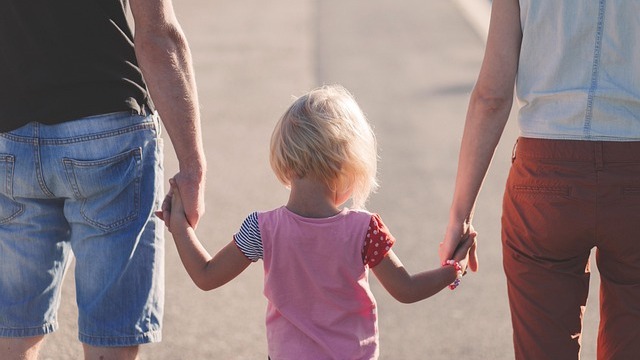
Understanding Co-Parent Negativity
Co-parent negativity can feel like an overwhelming cloud hanging over the transitions we want our children to navigate with ease. Whether it stems from unresolved emotional wounds or the complications of blended family dynamics, how we handle this negativity significantly impacts our co-parenting community. Often, these challenges are magnified when one or both parents are harboring unresolved anger from the divorce process. However, it’s crucial to recognize that these exchanges aren't just about animosity; they can deeply affect the children's well-being.
Strategies for Effective Communication in Co-Parenting
When faced with co-parent negativity, implementing fresh communication strategies can decisively alter the tone of discussions. Here are some important steps that every divorced or separated parent can take to cultivate a more positive interaction style:
Practice Active Listening: By allowing your co-parent to express frustrations without interruption, you exhibit a respectful willingness to hear concerns. Validating their feelings, even when you disagree, can foster a healthier environment for refocusing your efforts on shared parenting goals.
Use Neutral Responses: Modulating your tone and choosing non-confrontational phrases can go a long way. Responses like, “I understand you’re upset,” or “I hear what you’re saying,” position you as a partner in problem-solving, reducing the likelihood of an emotional flare-up.
Demonstrate Empathy: Expressing genuine concern for the other parent's feelings not only defuses tensions but also creates a sense of unity. Statements such as “I’m sorry to hear that you feel this way,” can make a significant difference in how discussions unfold.
Acknowledging the Bigger Picture
It’s important to remember that the ultimate goal of any co-parent relationship should be the well-being of the children involved. This broader perspective often helps to de-escalate personal grievances. When both parents recognize that they’re on the same team, it's easier to maintain focus on what truly matters—creating a harmonious environment for the children to thrive, embracing traditions from multicultural backgrounds, or managing the complexities that come from various familial structures.
The Value of Implementing Effective Co-Parenting Strategies
Incorporating effective co-parenting strategies can yield better outcomes not only in terms of daily interactions but also in the emotional health of the children involved. As these approaches become ingrained, you foster not just familial harmony, but also settings where children feel confident and secure navigating relationships across blended families and intergenerational households.
Take Charge: A Call to Action for Parents
Understanding and confronting co-parent negativity applies to every scenario where co-parents interact, thereby effectively flipping the script on negativity. It’s time to take charge of conversations, implement effective communication techniques, and prioritize the emotional health of both your family and co-parenting partnerships. Embrace the power of positive dialogue today!
 Add Row
Add Row  Add
Add 




Write A Comment